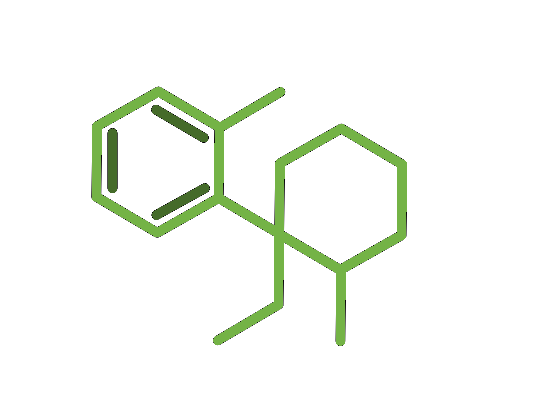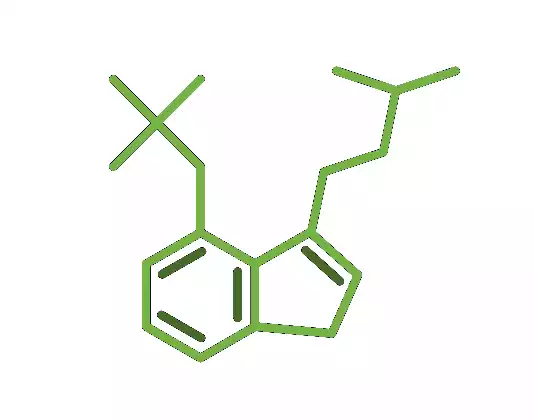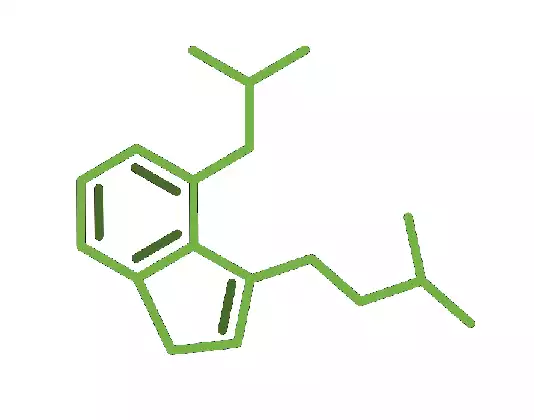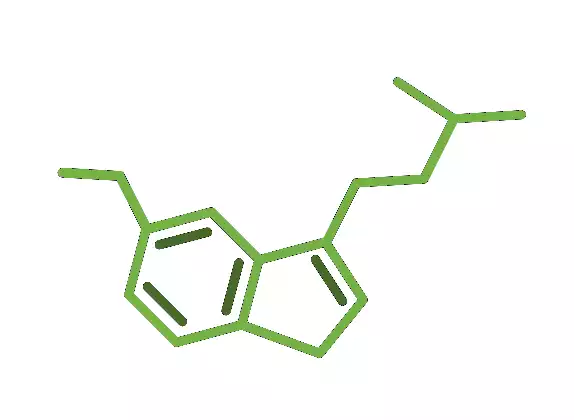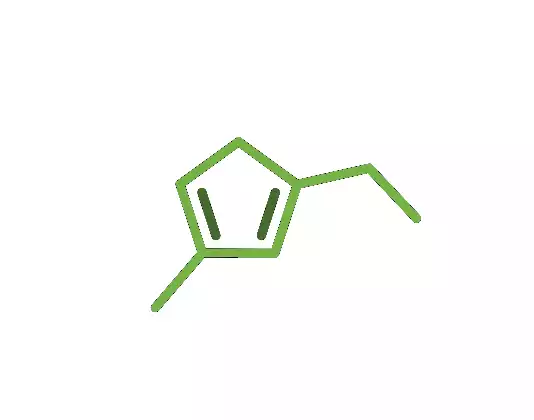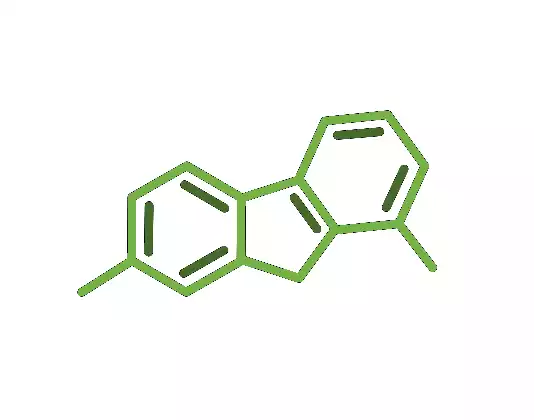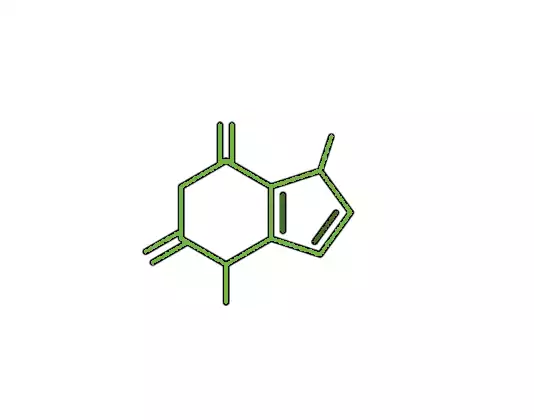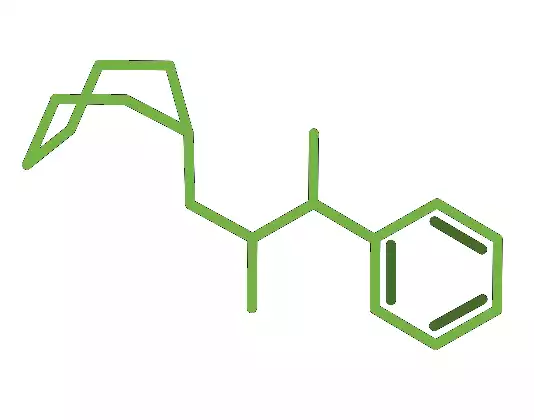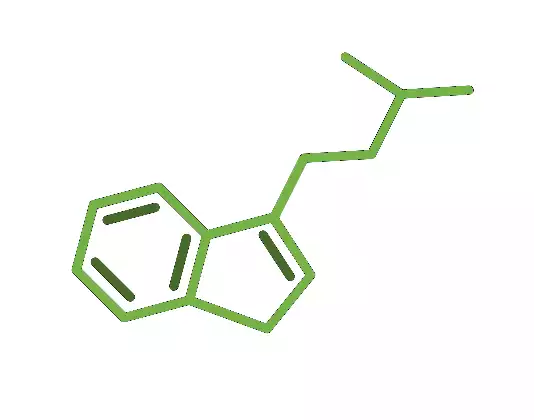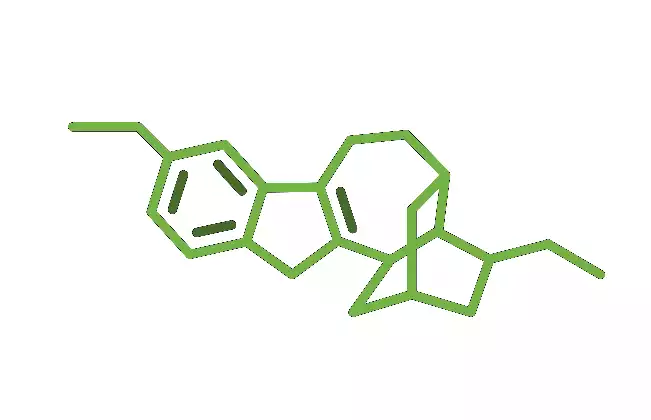The hallucinogenic effects of ketamine were discovered through its use for anesthesia and through its leakage into the street and the spread of its recreational use and subsequent addictions. A review of reports from doctors and researchers shows that in about 40% of patients, a few minutes after administering the substance intravenously or intramuscularly, visual and auditory hallucinations, agitation and irrational schizophrenomimetic behavior occur, which usually dissipate after about 45-60 minutes.
The dissociative psychedelic state that ketamine induces has been thoroughly and deeply studied in experiments conducted by American psychiatrist, neuroscientist and psychonaut Prof. John Lilly. Lilly systematically reported on subjective effects derived from dose-response relationships (detailed in his book Ketamine Dreams and Realities) by experiments he conducted on himself, usually while inside an isolated floatation chamber. Lily's initial accounts contributed greatly to the understanding of the dramatic changes in consciousness and perception induced by ketamine.
